This article was co-authored by Eric Christensen, DPT. Eric Christensen is a Physical Therapist based in Chandler, Arizona. With over a decade of experience, Eric works in both orthopedic and neurological fields and specializes in custom orthotic prescription and casting, vestibular reprogramming, and manual therapy. He holds a Bachelor’s degree in Exercise Science with a focus in Sports Medicine from Colorado State University and a Doctor of Physical Therapy from Regis University. In practice, Eric takes a developmental approach to rehabilitation utilizing the Selective Functional Movement Assessment. He uses functional movement patterning and manual therapy to return patients to prior levels of function.
This article has been viewed 25,214 times.
The piriformis is a narrow muscle located under your buttocks which connects your spine with the top of your femur. If you pull the piriformis muscle, or if it clenches or becomes inflamed, it can agitate the large sciatic nerve running from your lower back down to your legs. If the pain persists, the condition is known as Sciatica.[1] You can reduce sciatic nerve pain and loosen up your piriformis muscle by stretching it while in a supine position, or while on all fours or standing.
Steps
Performing a Supine Piriformis Stretch
-
1Lie flat on your back with your legs straight. The stretch works best if you lie on the floor; do not perform the stretch lying on a bed or sofa. Rest on your back and stretch your legs out, letting your heels rest on the ground.[2] [3]
- If the surface you’re lying on is hard or cold, you can lay down a blanket or a yoga mat.
- For a different angle to the stretch, lie on your stomach and prop yourself up on your elbows. Repeat the rest of the stretch motions, but keep your weight on your elbows and tuck your knee beneath your torso.[4]
-
2Bend one knee and grab that leg’s ankle with your opposite hand. For example, bend your left knee and draw it up towards your abdomen. While doing this, point your left foot towards the right side of your body. Reach down with your right hand and grasp your left ankle.[5] [6]
- If you find this pose uncomfortable, you can also perform this stretch with your right foot resting on an inflated stability ball. Use your heel to pull the ball towards your hips when stretching your piriformis.[7]
- You can perform the stretch by bending either your right or left knee. It doesn’t matter which you start with.
Advertisement -
3Place your other hand just behind the bent knee. Once you have grabbed your left knee with your right hand, place your left hand just behind your left knee.[8]
- You’ll use this hand to exert gentle pressure on your leg as you stretch the piriformis muscle.
-
4Pull the bent knee towards the opposite shoulder with both hands. Exert a steady pressure on your left knee to move it gradually towards your right shoulder.[9] Avoid pulling your knee sideways across your body.[10] Stretch the piriformis slowly and gently. Hold the stretch for at least 5 seconds, and then release.
- Keep your pelvis flat on the ground while stretching your piriformis. Do not roll your hips in the direction you’re pulling your knee.
- If you’re performing this stretch while propped on your elbows, tuck your left knee under your body and lean towards your left side. Then stretch your piriformis by leaning your weight forward over your elbows.
-
5Repeat the stretch using your other knee. This time, bend your right knee and grab the right ankle with your left hand. Place your right hand behind your knee and gently stretch the knee towards your left shoulder.[11]
- As you improve your piriformis flexibility, you can hold the stretch for as long as 1 minute.
Stretching Your Piriformis on Hands and Knees
-
1Support yourself on your hands and knees. If you’re on a hard or cold floor, put down a blanket or yoga mat before you begin.[12]
-
2Move both ankles to one side. Keep your knees in their position, but swing both your right and left ankle to one side or the other.[13]
- Move them approximately the same distance, so that your feet are still touching one another.
-
3Extend your outside leg behind you. For example, if you swung both of your legs to the right side, your right leg will be the “outside” leg. Extend this leg straight out behind you, and rest the tip of your right foot on the ground.[14]
- If it will help your balance, you can rest some of your weight on the right foot.
-
4Move your hips backwards and lean towards the bent knee. Gradually shift the weight of your body backwards. Your shoulders should move towards the left knee, which will remain bent in position under your body.[15]
- As you lean, you’ll be able to feel your piriformis muscle stretch. Hold the position for at least 30 seconds.
-
5Repeat the stretch with your other leg. This time, you’ll swing both feet to the left side of your body and extend your right leg behind you. Move your hips and shoulders back towards the bent (right) knee and slowly stretch the piriformis.
Stretching Your Piriformis while Standing
-
1Stand with your back against a wall. You can do this stretch at home or at a gym—just make sure that the wall you’re leaning against is sturdy enough to support your full weight.[16]
-
2Move your feet forward 2 feet (0.61 m) and align your knees over them. Pick up one foot at a time and shuffle it forward until both feet are roughly 24 inches (61 cm) in front of you. Slide your hips down the wall and bend your knees until your knees are directly over your feet.[17]
- When standing in this position, your knees will be bent at a 45° angle.
-
3Place your right ankle over your left knee. Begin by lifting your right foot from the ground. If necessary, use your hands to place it over your left knee.[18]
- Lean back against the wall to keep your balance.
-
4Squat down and clench your ab muscles while leaning forward. Keep your right ankle over your left knee, and slowly lean forward. Keep your rear against the wall while you’re leaning, and tense your stomach muscles as if you were trying to touch the bottom of your ribs to your backbone.[19]
- Stop leaning when you feel the stretch in your buttocks and piriformis muscle. Hold the stretch for 30-60 seconds.
-
5Repeat the stretch with your other leg. Pick up your left ankle and place it over your right knee. As before, lean your torso forward to stretch out your piriformis muscle. Hold the stretch for 30-60 seconds.[20]
- If you feel any pain or discomfort, stop stretching.
Expert Q&A
-
QuestionAre there any other stretches I can try that will give me a really deep stretch?
 Eric Christensen, DPTEric Christensen is a Physical Therapist based in Chandler, Arizona. With over a decade of experience, Eric works in both orthopedic and neurological fields and specializes in custom orthotic prescription and casting, vestibular reprogramming, and manual therapy. He holds a Bachelor’s degree in Exercise Science with a focus in Sports Medicine from Colorado State University and a Doctor of Physical Therapy from Regis University. In practice, Eric takes a developmental approach to rehabilitation utilizing the Selective Functional Movement Assessment. He uses functional movement patterning and manual therapy to return patients to prior levels of function.
Eric Christensen, DPTEric Christensen is a Physical Therapist based in Chandler, Arizona. With over a decade of experience, Eric works in both orthopedic and neurological fields and specializes in custom orthotic prescription and casting, vestibular reprogramming, and manual therapy. He holds a Bachelor’s degree in Exercise Science with a focus in Sports Medicine from Colorado State University and a Doctor of Physical Therapy from Regis University. In practice, Eric takes a developmental approach to rehabilitation utilizing the Selective Functional Movement Assessment. He uses functional movement patterning and manual therapy to return patients to prior levels of function.
Physical Therapist For a deeper stretch, you can jump into pigeon pose. Start on your hands and knees. Then, straighten out your left leg with your foot pivoted so that the foot slides underneath your opposite leg. Sit your weight back. That stretch is going to put more of your body weight into it and be a bit more aggressive.
For a deeper stretch, you can jump into pigeon pose. Start on your hands and knees. Then, straighten out your left leg with your foot pivoted so that the foot slides underneath your opposite leg. Sit your weight back. That stretch is going to put more of your body weight into it and be a bit more aggressive.
References
- ↑ http://blog.nasm.org/sports-medicine/piriformis-syndrome-stretches/
- ↑ https://physiosunit.com/piriformis-stretch/
- ↑ Eric Christensen, DPT. Physical Therapist. Expert Interview. 17 March 2021.
- ↑ http://www.athletico.com/2012/06/12/glutes-and-piriformis/
- ↑ https://physiosunit.com/piriformis-stretch/
- ↑ Eric Christensen, DPT. Physical Therapist. Expert Interview. 17 March 2021.
- ↑ http://blog.nasm.org/sports-medicine/piriformis-syndrome-stretches/
- ↑ https://www.spine-health.com/video/sciatica-exercises-piriformis-syndrome-video
- ↑ Eric Christensen, DPT. Physical Therapist. Expert Interview. 17 March 2021.
- ↑ http://www.athletico.com/2012/06/12/glutes-and-piriformis/
- ↑ https://dailyhealthpost.com/piriformis-stretch/
- ↑ https://www.spine-health.com/video/sciatica-exercises-piriformis-syndrome-video
- ↑ https://www.spine-health.com/video/sciatica-exercises-piriformis-syndrome-video
- ↑ https://www.spine-health.com/video/sciatica-exercises-piriformis-syndrome-video
- ↑ https://www.spine-health.com/video/sciatica-exercises-piriformis-syndrome-video
- ↑ https://dailyhealthpost.com/piriformis-stretch/
- ↑ https://dailyhealthpost.com/piriformis-stretch/
- ↑ https://dailyhealthpost.com/piriformis-stretch/
- ↑ http://www.athletico.com/2012/06/12/glutes-and-piriformis/
- ↑ https://dailyhealthpost.com/piriformis-stretch/
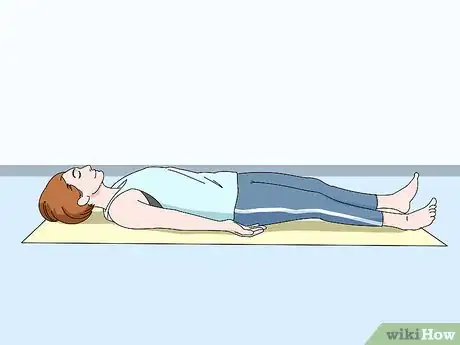

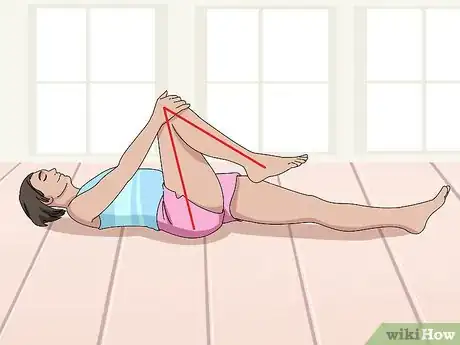
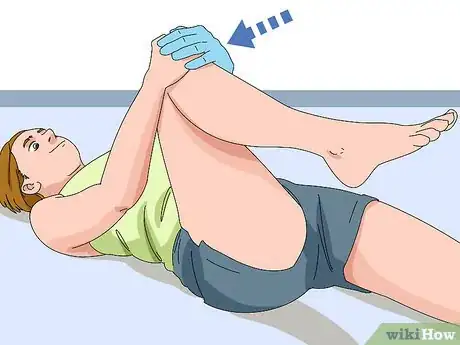
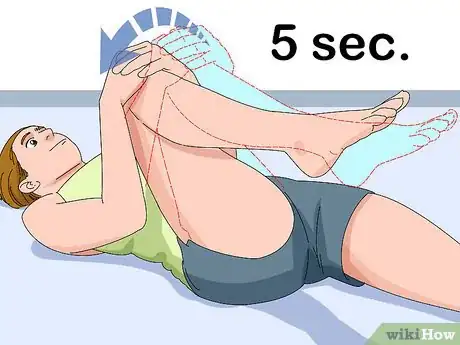

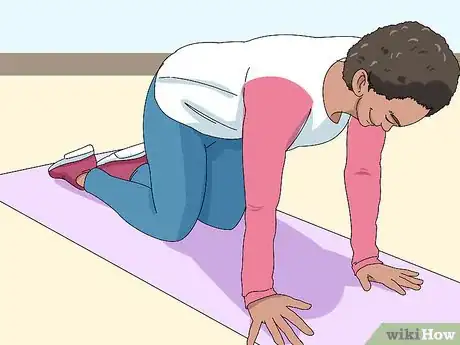
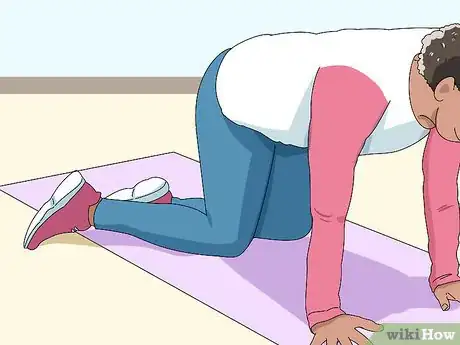
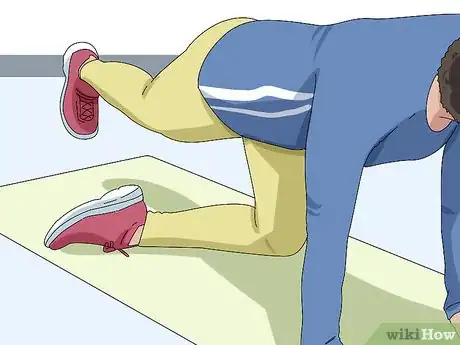

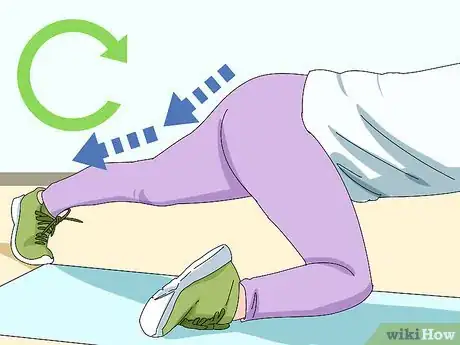

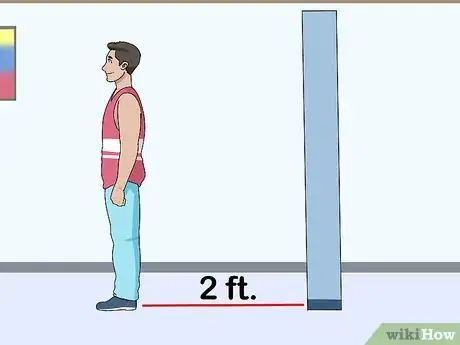

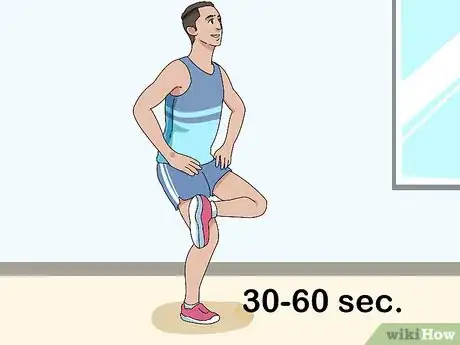

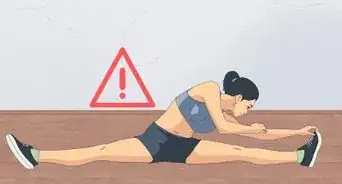
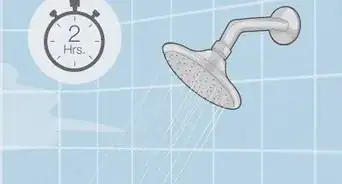
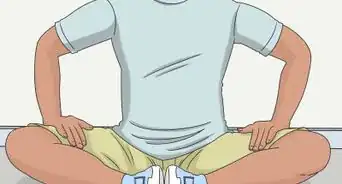
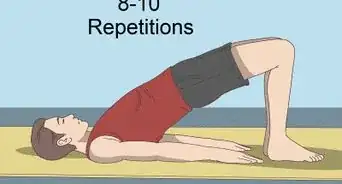
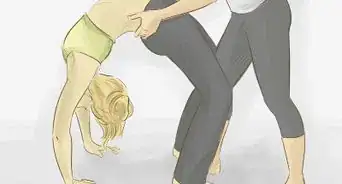
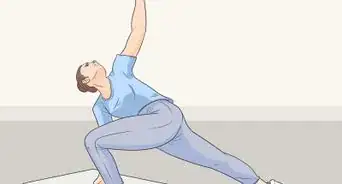
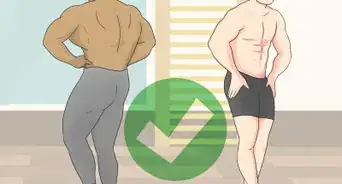
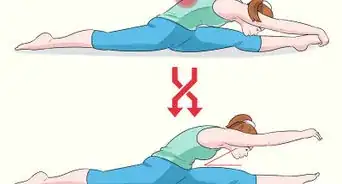
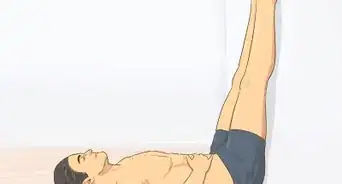








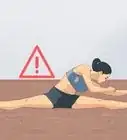
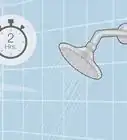
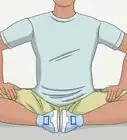



































Medical Disclaimer
The content of this article is not intended to be a substitute for professional medical advice, examination, diagnosis, or treatment. You should always contact your doctor or other qualified healthcare professional before starting, changing, or stopping any kind of health treatment.
Read More...